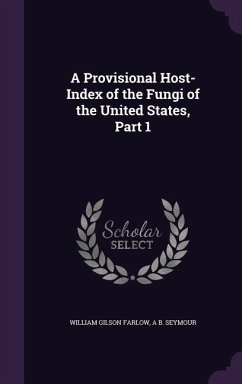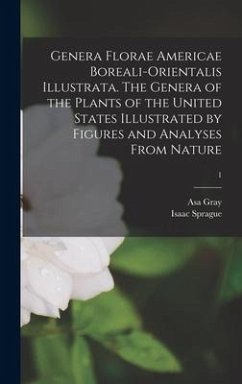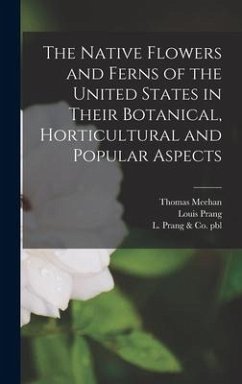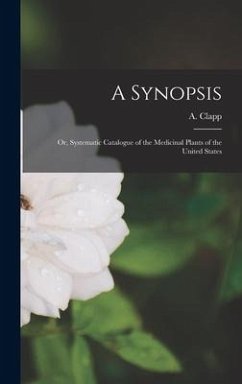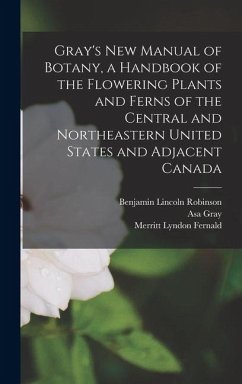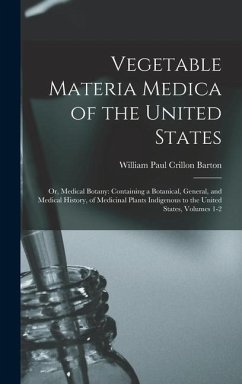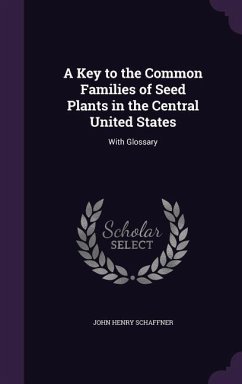
A Provisional Host-index of the Fungi of the United States
Versandkostenfrei!
Versandfertig in über 4 Wochen
31,99 €
inkl. MwSt.
Weitere Ausgaben:

PAYBACK Punkte
16 °P sammeln!
"A Provisional Host-index of the Fungi of the United States," compiled by W. G. Farlow and Arthur Bliss Seymour, offers an invaluable glimpse into the late 19th-century understanding of fungal species and their distribution across America. Published in 1888, this index serves as a historical record of the known fungi and their respective hosts, providing a detailed account of the symbiotic relationships observed during that era. This meticulous compilation is an essential resource for mycologists, botanists, and historians of science, offering insights into the development of fungal taxonomy a...
"A Provisional Host-index of the Fungi of the United States," compiled by W. G. Farlow and Arthur Bliss Seymour, offers an invaluable glimpse into the late 19th-century understanding of fungal species and their distribution across America. Published in 1888, this index serves as a historical record of the known fungi and their respective hosts, providing a detailed account of the symbiotic relationships observed during that era. This meticulous compilation is an essential resource for mycologists, botanists, and historians of science, offering insights into the development of fungal taxonomy and the evolving field of plant pathology. Researchers can explore the original classifications and host associations, gaining a deeper appreciation for the historical context of mycological studies in the United States. It is a foundational work that continues to inform contemporary research by illustrating the past state of knowledge in this critical scientific domain. This work has been selected by scholars as being culturally important, and is part of the knowledge base of civilization as we know it. This work was reproduced from the original artifact, and remains as true to the original work as possible. Therefore, you will see the original copyright references, library stamps (as most of these works have been housed in our most important libraries around the world), and other notations in the work. This work is in the public domain in the United States of America, and possibly other nations. Within the United States, you may freely copy and distribute this work, as no entity (individual or corporate) has a copyright on the body of the work. As a reproduction of a historical artifact, this work may contain missing or blurred pages, poor pictures, errant marks, etc. Scholars believe, and we concur, that this work is important enough to be preserved, reproduced, and made generally available to the public. We appreciate your support of the preservation process, and thank you for being an important part of keeping this knowledge alive and relevant.



